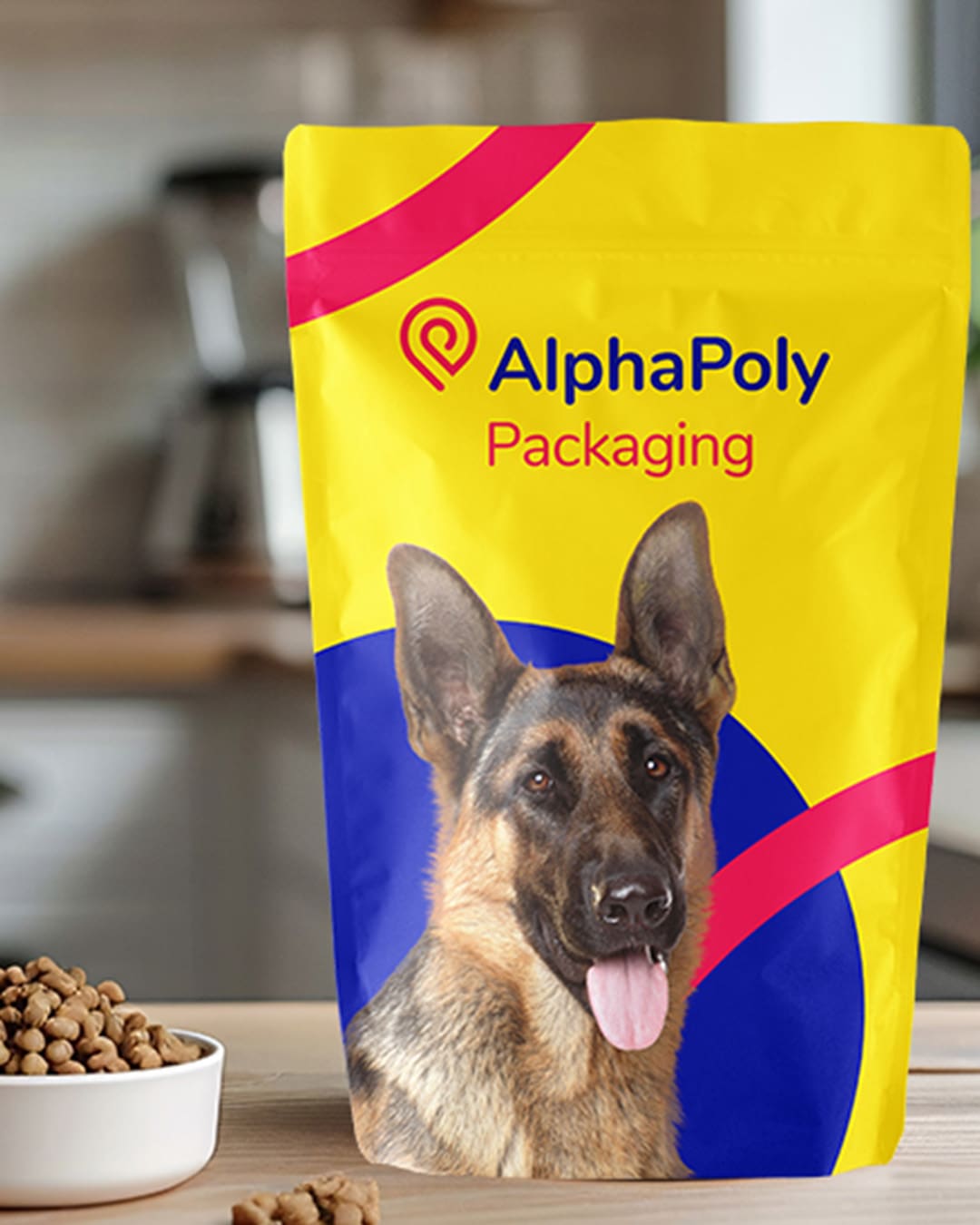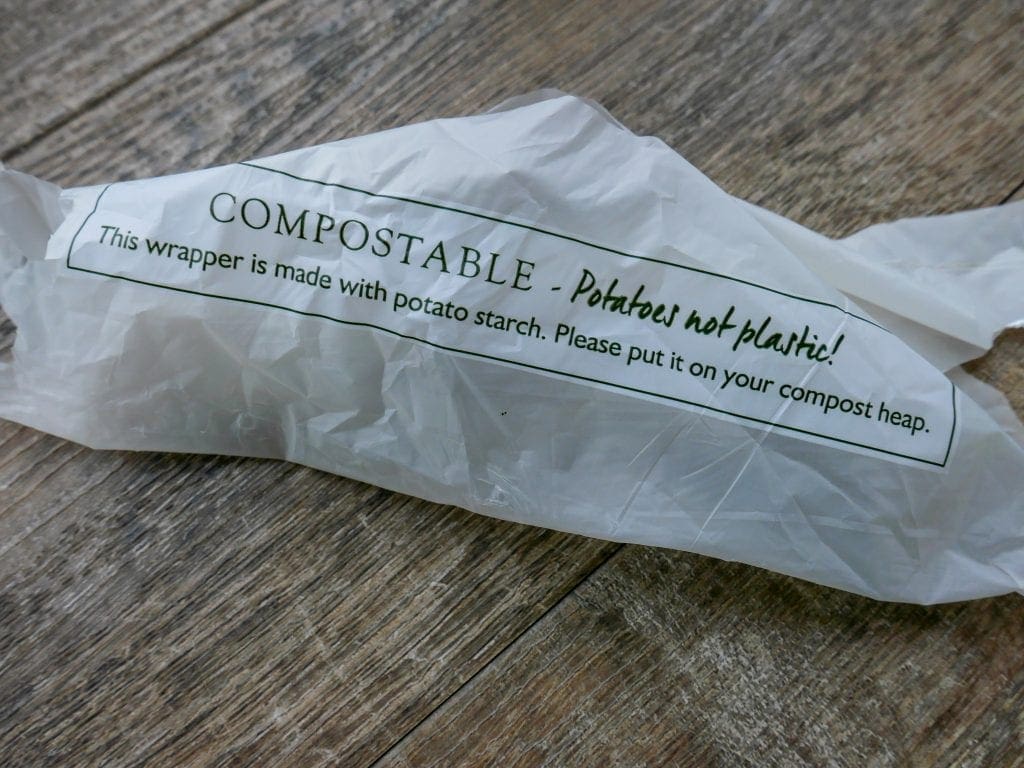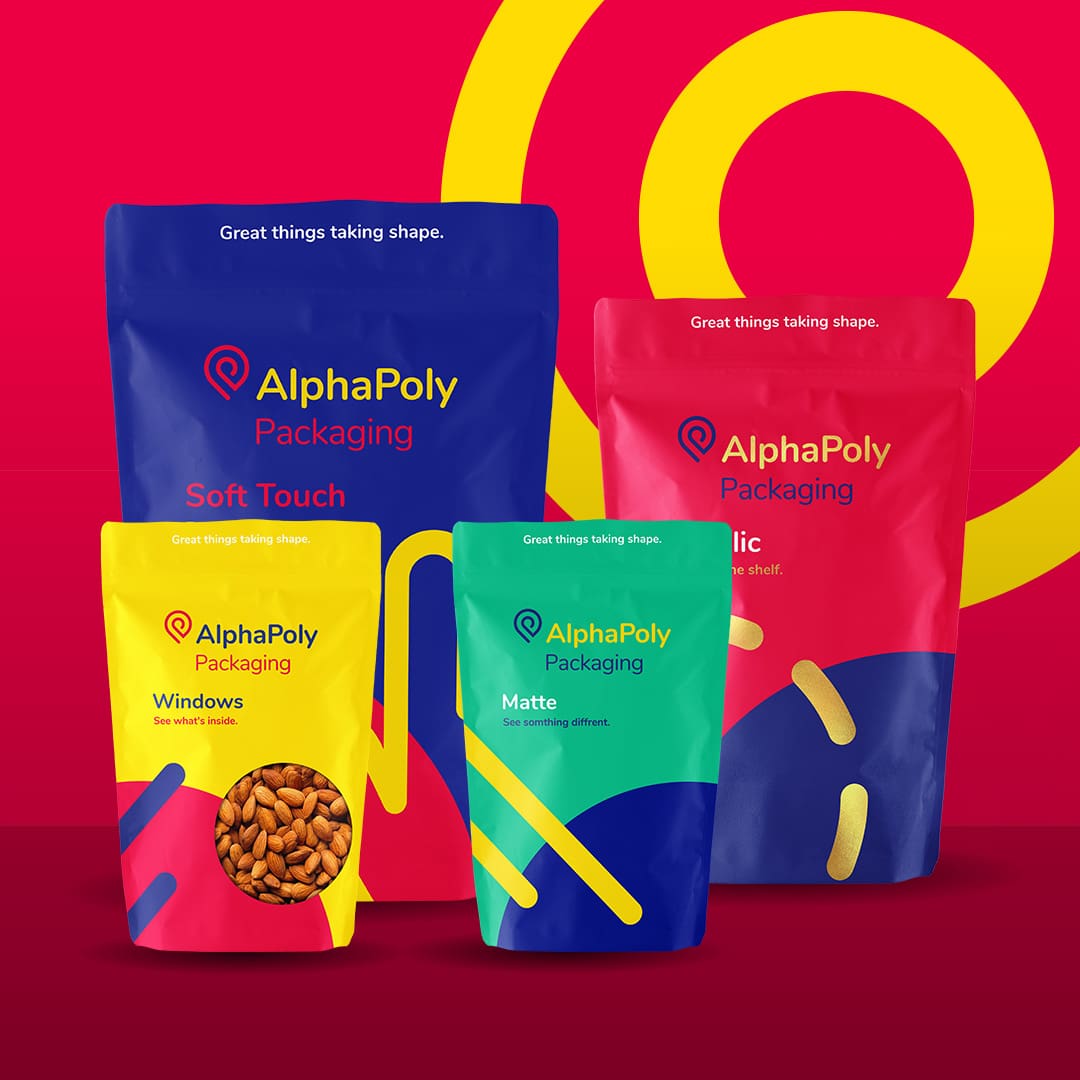From the shelf, to our homes and into the trash can be a pretty quick journey for most product packaging and one we don’t put a lot of thought into. However packaging experiences can be full of opportunities that promote both branding and sustainability at the same time. With brands that design their products around sustainability seeing 7.1x growth, the rewards are clear.
Packaging Plays a Role
Designing for sustainability is an ambitious goal that many consumer-packaged goods (CPG) and fast moving consumer goods (FMCG) brands have committed to in recent years, and without exception packaging plays an important role in these commitments. A few notable commitments from industry leaders include:
-
Proctor and Gamble – committed to using 100% recycled or reusable materials in all of their product packaging by 2030
-
McDonalds – committed to using 100% recycled or reusable packaging in all of their guest packaging, and recycling 100% of their guest packaging in stores by 2025
-
Nestle – committed to using 100% recyclable or reusable packaging in all of their products by 2025.
With giants like P&G, McDonalds, Nestle and many more going all in on sustainable packaging commitments, let’s look at 4 ways brands can start thinking about using packaging design to support the environment and their marketing.
1. Clear labelling
A major challenge that can exist with recycled packaging is that often not every element of packaging is recyclable or recyclable in the same place. From lids to liners there are many parts of packaging that are made from materials with some being non-recyclable or some needing users to sort at the point of disposal for paper, glass, metal, or plastic.
The cost municipalities can incur from users not sorting recycling can be damaged equipment, workplace injuries, ruined accepted recyclables and millions of dollars a year. A major city like Toronto estimates that 30% of what gets put in its bins doesn’t belong there.
Beyond government public awareness campaigns, brands have a responsibility to help consumers properly dispose of the packaging they use. Package labelling that instructs what’s recyclable and what’s not is a key tool. More than just on-pack recycling labels which can be numerous and confusing, brands need to make bolder efforts with labelling. Text size, colour, placement, consistent and up-to-date recycling marks, and easy to understand language can make a considerable difference in helping consumers make the right choices.
2. Promoting reusability
A positive way for brands to use packaging design to support sustainability efforts is to encourage consumers to reuse packaging that is designed for multi-use. SUPs, poly bags, and flat bottom bags for example are widely used and a great alternative to single use packaging. They’re available in sustainable materials and can have many uses beyond their original packaging purpose.
Brands that use multi-use packaging get more opportunities for exposure with their consumers than they would for packaging that immediately goes into the trash. Look no further than likely your own experiences of using fabric branded grocery bags for countless things beyond grocery shopping. These are now ingrained in our everyday life.
Brands who switch to reusable packaging where they can, also get the added benefit of being able to promote it in marketing channels as part of their sustainability narrative.
3. Promoting CSR initiatives
With so much effort being put into sustainable product design by brands it’s a lost opportunity not to use their packaging to promote what they’ve been doing to better the planet.
Packaging design can be an effective way to mention different corporate social responsibility (CSR) initiatives such as: a partnership with an organization or charity; promoting stats on resource savings achieved; messages about goals and commitments; profiles of supply chain partners such as growers or shippers; and much more.
Using packaging design to drive CSR messages gives brands an opportunity to differentiate themselves on the shelf and cater to the growing preference of consumers who prefer to purchase from socially responsible brands.
4. Packaging take-back programs
Some brands are taking designing packaging around sustainability to a new level by actually using packaging as part of major corporate social responsibility initiatives and seeing significant benefits across their businesses.
Global coffee giant and Nestle brand Nespresso has long had recycling in its DNA but notably its black, green, or red resealable bag programs are taking sustainable packaging to the next level. The program works fairly simply with every Nespresso purchase coming with a coloured resealable bag that consumers can discard their used coffee pods into. Nespresso then has a take back program at store locations across Canada or by simply putting the bags into a mail-box for free shipping by Canada Post back to Nespresso. In Montreal since the program was launched 2 years ago Nespresso estimates that 90% of its consumers are sending back pods for recycling.
Beyond Nespresso countless major brands have taken on CSR initiatives centered around take-back programs for packaging and recycling to reduce their carbon footprints. These have become so popular that it’s led to new startups like Loop to help them execute at scale.
Your sustainable packaging partner
Designing for sustainability is an increasingly popular concept for many CPG and FMCG brands and rethinking packaging design is a key component of their strategies. Labelling, reusability, CSR, and take-back programs are just a few ways brands are getting creative with packaging to advance their sustainability and marketing efforts.
At AlphaPoly we offer our clients a reliable partnership for their packaging solutions that draws on more than 30 years of industry experience and knowledge. We pride ourselves on being nimble and responsive to our clients’ needs and we offer a wide variety of traditional and sustainable packaging options that are tailor made for our clients’ industries.
Find out how AlphaPoly can elevate your brand today, contact us to learn more.





